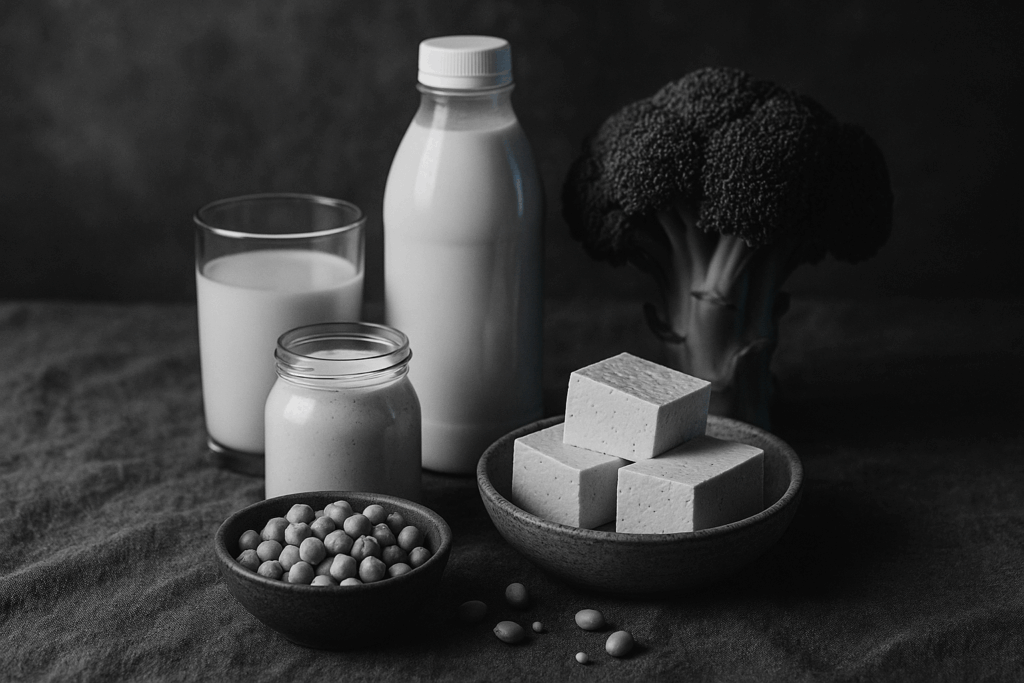Introduction: More Than Just a Trend
Plant-based is no longer the underdog. It’s not a fad, not fluff, and not just for health nuts. What started as a niche driven by a few committed vegans has turned into a global movement powered by mainstream interest. The reasons are stacking up: people want to feel better, reduce their environmental footprint, or simply diversify their diets without sacrificing flavor or convenience.
Health tops the list. Many are ditching meat-heavy meals to manage cholesterol, avoid processed ingredients, or address food sensitivities. Then there’s the planet. With climate change hitting harder each year, more consumers are connecting food choices to carbon emissions, water use, and deforestation. Ethical concerns play in too—from factory farming to animal welfare, awareness is way up.
And the numbers back it. The global plant-based food market hit over $40 billion in 2022 and shows no signs of slowing. Forecasts project it will more than double by 2030. Supermarkets are expanding their plant-based sections. Fast food chains now include meat-free options by default. Even legacy food companies are launching entire plant-based product lines.
Bottom line: plant-based eating is growing because it solves real problems. That gives it staying power—and everyone from small businesses to big brands is taking notice.
What’s Fueling the Shift
The plant-based surge isn’t just about vegans anymore. Flexitarianism—where people eat mostly plants but occasionally include meat—is now the dominant mindset. It offers balance without extremes. More people are waking up to the impact of their food, and they’re adjusting their habits without swearing off their favorite comfort meals. That middle ground is where the biggest consumer growth is happening.
Climate anxiety is another strong tailwind. Droughts, fires, floods—they’re not abstract anymore. People are connecting the dots between what’s on their plate and what’s happening to the planet. Cutting back on meat and dairy, even occasionally, feels like a tangible way to help.
Then there’s food tech. What once tasted like cardboard now actually tastes… good. Startups and legacy brands alike are dialing in better textures, better flavors, and cleaner ingredient lists. From lab-grown fats to AI-assisted flavor design, innovation is closing the gap between plant-based and animal-based options fast.
For more on how tech is leading the charge, check out: The Role of Technology in Transforming the Food Industry
Packaged Goods & Ready Meals
Forget the dusty granola bars and bland veggie wraps. Plant-based packaged goods are having a moment, and it’s not just about labels—it’s about performance. In 2024, frozen meals, protein-packed snacks, and convenient heat-and-eat dishes are proving that conscious eating doesn’t have to mean sacrificing taste or convenience.
Busy consumers want plant-based options that fit real life. Think microwaveable lentil bowls with global flavors, vegan jerky, and dairy-free oatmeal cups that actually keep you full until lunch. It’s food that travels well, stores better, and still lines up with values around health and sustainability.
Retailers are catching on, fast. Grocery chains are expanding freezer and snack aisle space dedicated to newer plant-based brands, while mainstream labels are rushing to add green-tinted SKUs to their lineups. And these aren’t just urban or coastal plays—big-box stores in suburbs and smaller towns are seeing the same demand spikes.
As the quality continues to rise, expect plant-based convenience foods to become less of a specialty item and more of a pantry staple.
Who’s Buying and Why
The plant-based movement isn’t being led by traditional health nuts or hardcore vegans. It’s Millennials and Gen Z who are setting the pace—and they’re rewriting the rules as they go. For these groups, food is personal, political, and practical. They want meals that taste good, help the planet, and align with their values. They also want it all fast, affordable, and available at their local grocery store or delivery app.
Culturally, interest is spreading far beyond the typical wellness hubs. We’re seeing rising adoption in urban centers across Asia, South America, and Eastern Europe—each adapting plant-based to reflect local ingredients and flavors. Younger generations in these regions are blending tradition with innovation, giving plant-based products a unique twist while still hitting the core marks: less harm, better health.
Not everyone’s motives are the same. Some shoppers come at it from a health-first angle—less cholesterol, cleaner ingredients, fewer additives. Others lean hard into ethics: animal welfare, climate impact, and worker rights. The sweet spot for brands? Products that tick both boxes. One aisle, two mindsets.
Bottom line: the future of plant-based buying power lies with those who demand more with less fluff. And right now, that demand is only climbing.
Challenges in the Market
For all the progress, plant-based still has hurdles to clear.
First, price. A $7 oat-based cheese block doesn’t sell itself next to a $3 cheddar. While economies of scale are slowly kicking in, most plant-based products still cost more than their animal-based counterparts. Until pricing hits parity—or gets close—it’s going to be tough for casual shoppers to make the switch.
Then there’s the issue of scale. Making a great pea protein burger in a test kitchen is one thing. Producing a million of them without sacrificing texture or taste is another. As demand grows, the challenge is to scale without quality taking a nosedive. That’s where a lot of brands either break through—or break down.
Finally, the labels. Consumers are lost in a tangle of “plant-based,” “vegan,” “vegetarian,” and “dairy-free” tags. These aren’t just buzzwords—they influence what people buy, and what they expect. Plant-based doesn’t always mean vegan (some eaters are surprised when plant-based products still contain egg or dairy). And not everyone sees the difference between plant-based for health, versus vegan for ethics. Clearer language on packaging isn’t just helpful—it’s overdue.
Where It’s All Headed
Plant-based isn’t coasting—it’s evolving fast. On the ingredient front, expect waves of innovation. We’re talking fungi-based proteins, algae-derived omegas, lab-fermented dairy replacements. The goal? Better taste, better texture, fewer additives. More startups, more R&D, and more money flowing into biotech food labs.
At the same time, restaurants aren’t sitting idle. Major chains are not just adding token options anymore—they’re redesigning whole sections of the menu to keep pace with demand. From fast food to fine dining, plant-based choices are growing more intentional, more delicious, and more prominent.
Regulators are catching up too. Labeling is beginning to make more sense—with clearer definitions around what’s plant-based, vegan, vegetarian, or just marketing fluff. That matters. People want clarity, and trust is currency.
As for the next 3–5 years? Analysts see strong single- and even double-digit growth, especially in emerging markets. This isn’t a bubble. It’s a steady climb powered by consumer expectation, supply chain improvements, and the blending of health, ethics, and tech into the everyday diet. Brands that lead with substance and stay agile have the upper hand.
Final Thoughts
Plant-based has broken out of its niche corner. What was once reserved for health food shops and lifestyle blogs is now lining the shelves of big-box retailers, fast food chains, and neighborhood grocery stores. This isn’t a trend—it’s a pivot in how people eat and think about food.
Brands that are thriving in this new era are the ones that go beyond slapping a leafy logo on the packaging. They’re investing in flavor, being upfront about ingredients, and making sure price doesn’t become a barrier. It’s not about selling to vegans anymore—it’s about meeting mainstream expectations without compromise.
If the last few years were about proving plant-based could measure up, the next few are about pushing the category further. Better textures, richer flavors, smarter marketing, and broader availability are just the beginning. The runway’s long—and momentum is only building.

 Thalira Tornhanna, the visionary founder of Food Smart Base, established the platform with a passion for transforming the way people engage with food. Guided by her dedication to health, innovation, and culinary education, she created a resource that not only delivers industry news and nutritional advice but also inspires better cooking practices and highlights emerging food trends. Through her leadership, Food Smart Base has become a trusted hub where readers can discover practical knowledge and fresh ideas that empower them to make smarter choices in their daily lives.
Thalira Tornhanna, the visionary founder of Food Smart Base, established the platform with a passion for transforming the way people engage with food. Guided by her dedication to health, innovation, and culinary education, she created a resource that not only delivers industry news and nutritional advice but also inspires better cooking practices and highlights emerging food trends. Through her leadership, Food Smart Base has become a trusted hub where readers can discover practical knowledge and fresh ideas that empower them to make smarter choices in their daily lives.